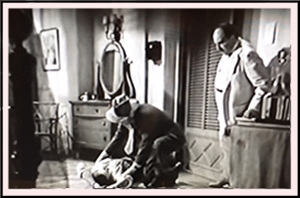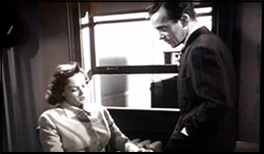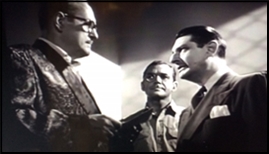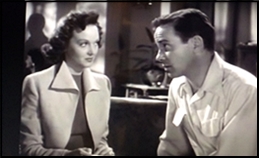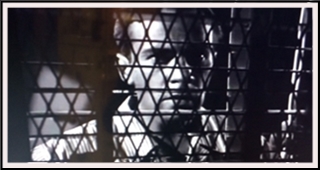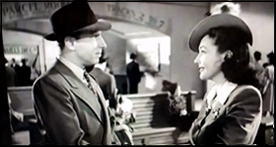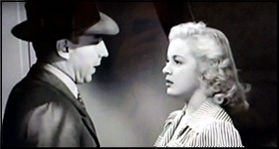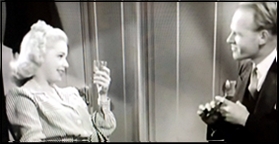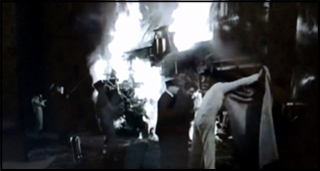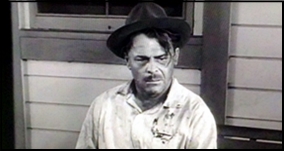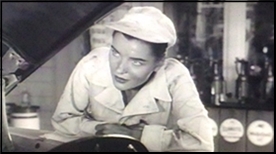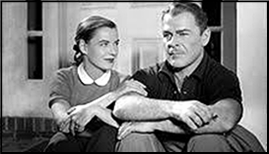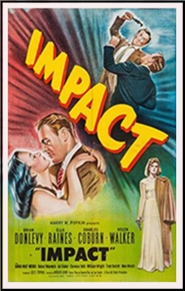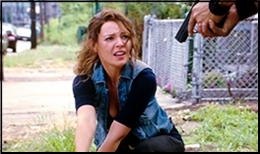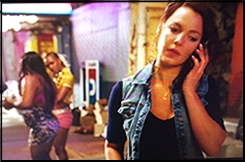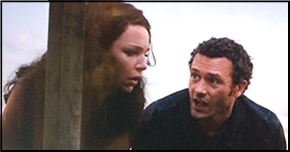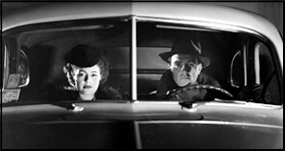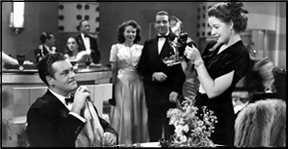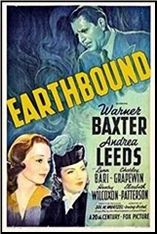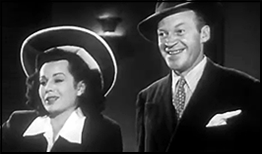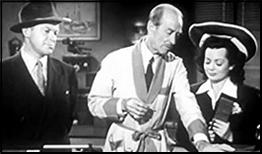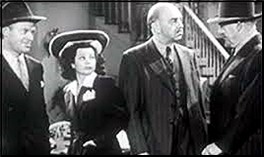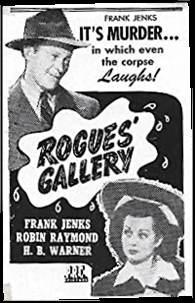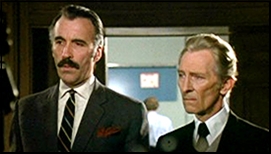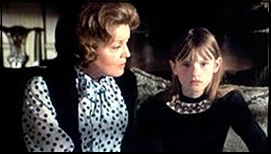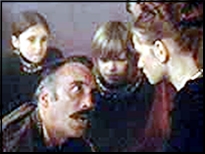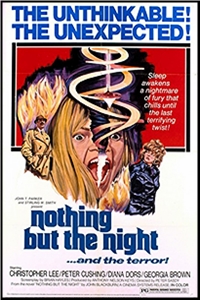Mon 23 Nov 2020
A PI Mystery Movie Review by David Vineyard: THE CARIBBEAN MYSTERY (1945).
Posted by Steve under Mystery movies , Reviews[6] Comments
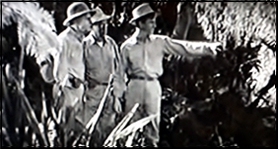
THE CARIBBEAN MYSTERY. 20th Century Fox, 1945. James Dunn, Sheila Ryan, Linda Lane, Reed Hadley, Roy Roberts, Edward Ryan. Screenplay by Jack Andrews, Leonard Praskin, W. Scott Darling & Nicholas Ray (dialogue; not credited), based on Murder in Trinidad by John W. Vandercook. Directed by Robert Webb. Currently available on YouTube here.
This was the third film adaptation (*) of famed newscaster John W. Vandercook’s first novel featuring his Cockney sleuth Bertram Lynch who previously appeared in Murder in Trinidad with Nigel Bruce in the role, as a Mr. Moto entry, Mr. Moto on Danger Island, and finally here with James Dunn (A Tree Grows in Brooklyn) as Brooklyn born ex-cop turned private eye Mr. Smith.
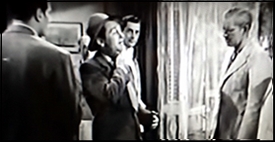
Vandercook, who penned four adventures of Lynch between 1934 and 1959, had a solid formula mixing classic detection, adventure, exotic locales, and his unprepossessing Cockney detective Lynch, who seemed neither too bright or particularly tough, but who was in fact all of those things and more. It didn’t hurt Vandrcook had a lively writing style and a way with a plot.
The plot is simple enough. Two scientists have disappeared in the jungle on a Caribbean island and the police are no where near finding them or why they disappeared. Enter Smith, a private detective who seems like nothing more than a Flatbush Flatfoot, but who is smart, tough, and hard to kill.
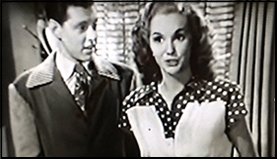
The local police are not impressed, and indeed suspect, especially the head of the police whose daughter, Linda Lane, is enamored of young Edward Ryan.
When Sheila Ryan’s character is murdered at the hotel where Smith is staying after suggesting she has something to tell him, it becomes obvious that whatever happened to the missing men is tied to someone in the city too, so Smith has to play his cards close to his vest, only taking Edward Ryan into his confidence when Lane and her father disappear into the jungle as well.
Moving into the swamp’s inland, Smith uncovers a slave camp run by Roy Roberts where the girl and her father are held hostage and the two dead scientists are buried. After Roberts plans the same fate for Smith and his helper Smith manages to escape, turn the tables on Roberts, and take him prisoner.
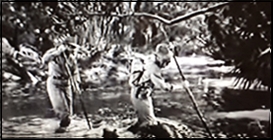
But Roberts is shot before he can reveal who the man back in the city is behind the whole business — did the girl’s father really have to shoot him or was he silencing him? — and Smith’s only chance is to lay a trap for the killer.
As low budget mysteries go, the stronger than usual story-line and a decent cast help this one, though it has nothing on the first version (rightfully praised in William K. Everson’s The Detective in Film) or the Peter Lorre Mr. Moto outing.
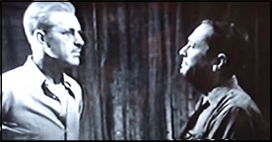
Dunn’s mugging is less annoying than in some films (at his best he was a fine character actor, but he did rely on the Irishness a bit heavily in some parts), and his Smith is a decent take on Lynch. Given a decent cast, better than average script and story, and decent mystery this one deserves a look.
It’s worth a look, but if you have to make the call, stick with the Nigel Bruce or Peter Lorre version.
(*) I wouldn’t be the least surprised to discover there had been another adaptation of this on television or elsewhere, IMDb doesn’t seem to recognize there were two previous versions of the same book though, so there is not easy way to tell.
